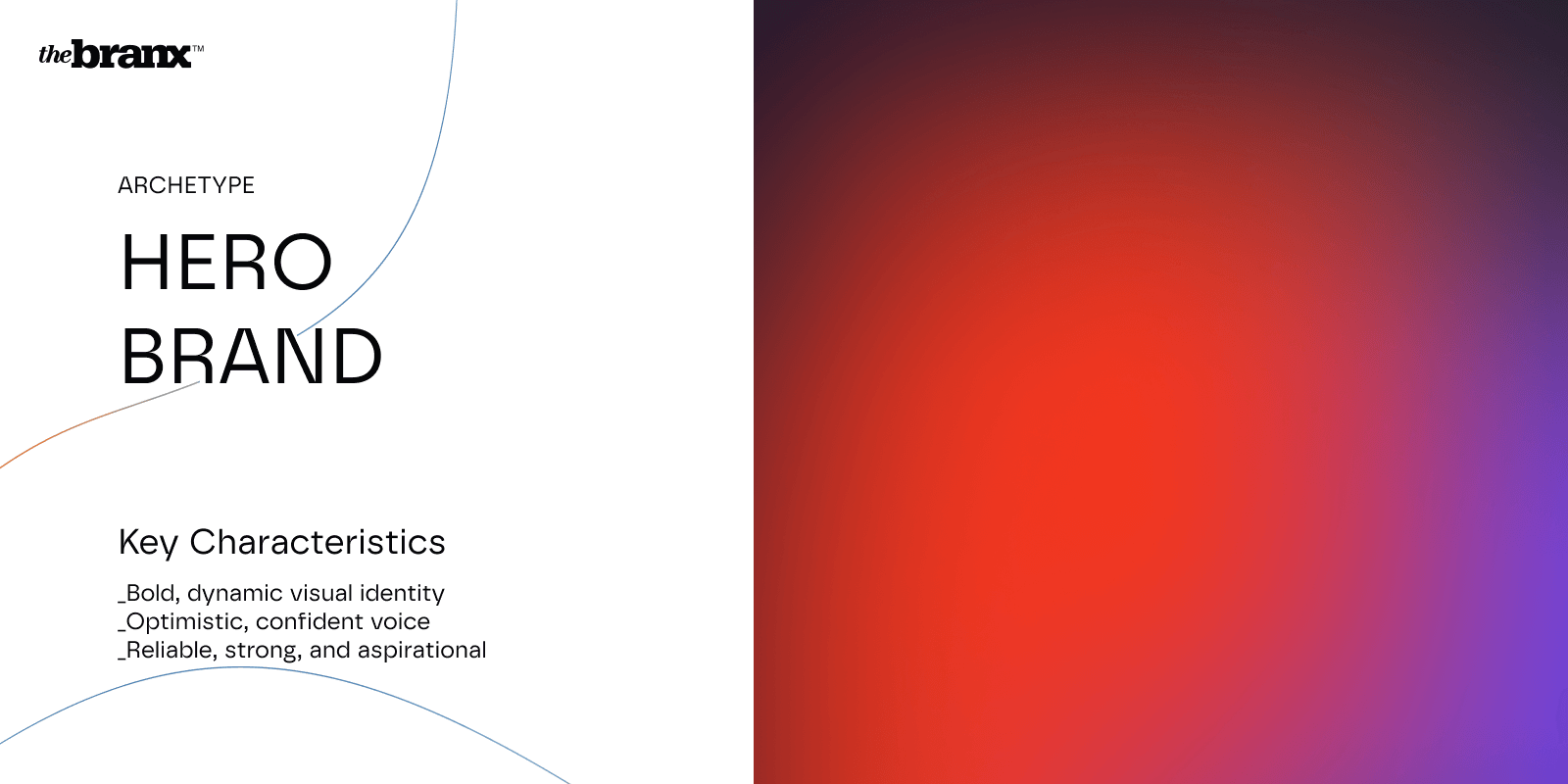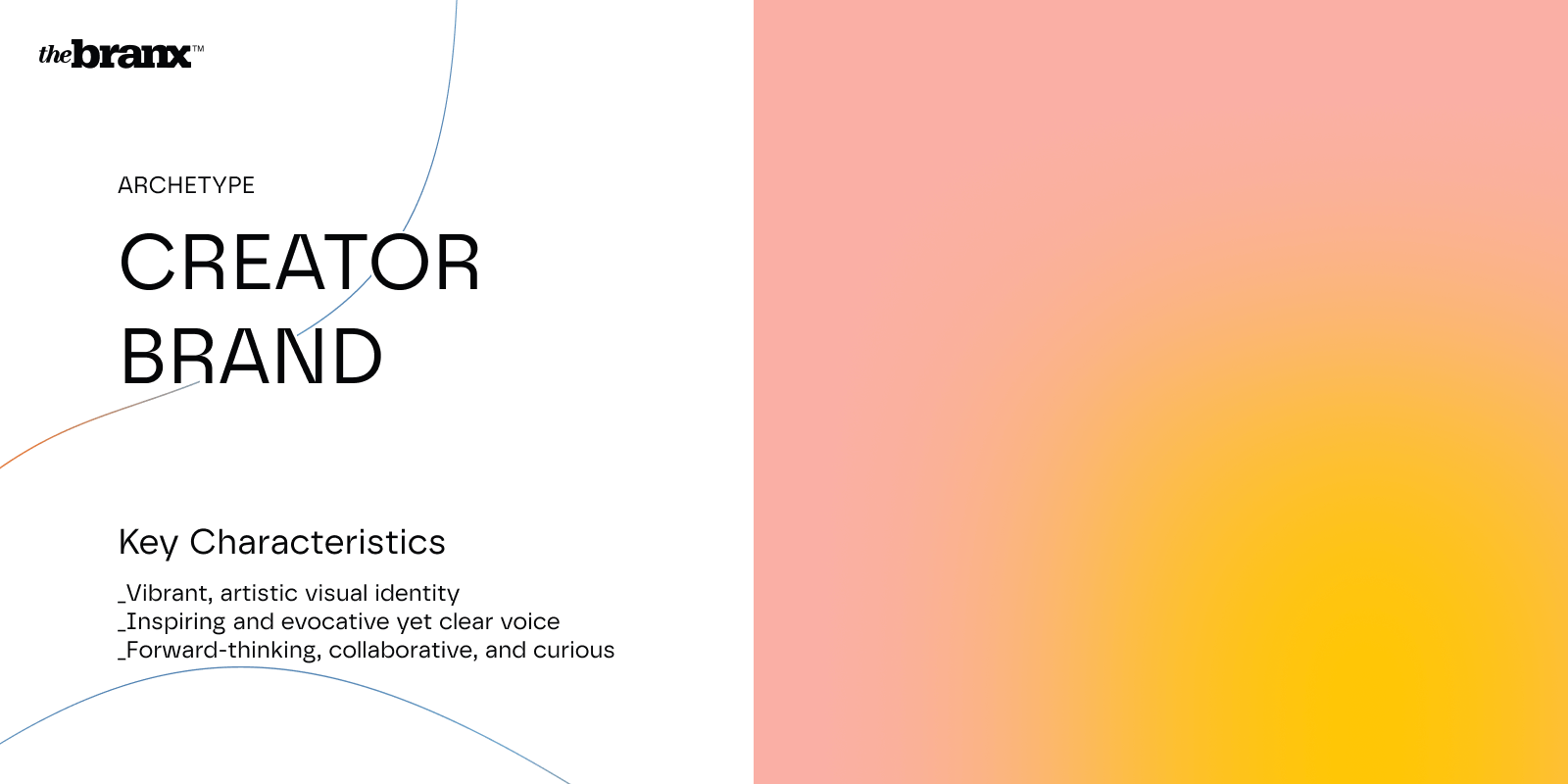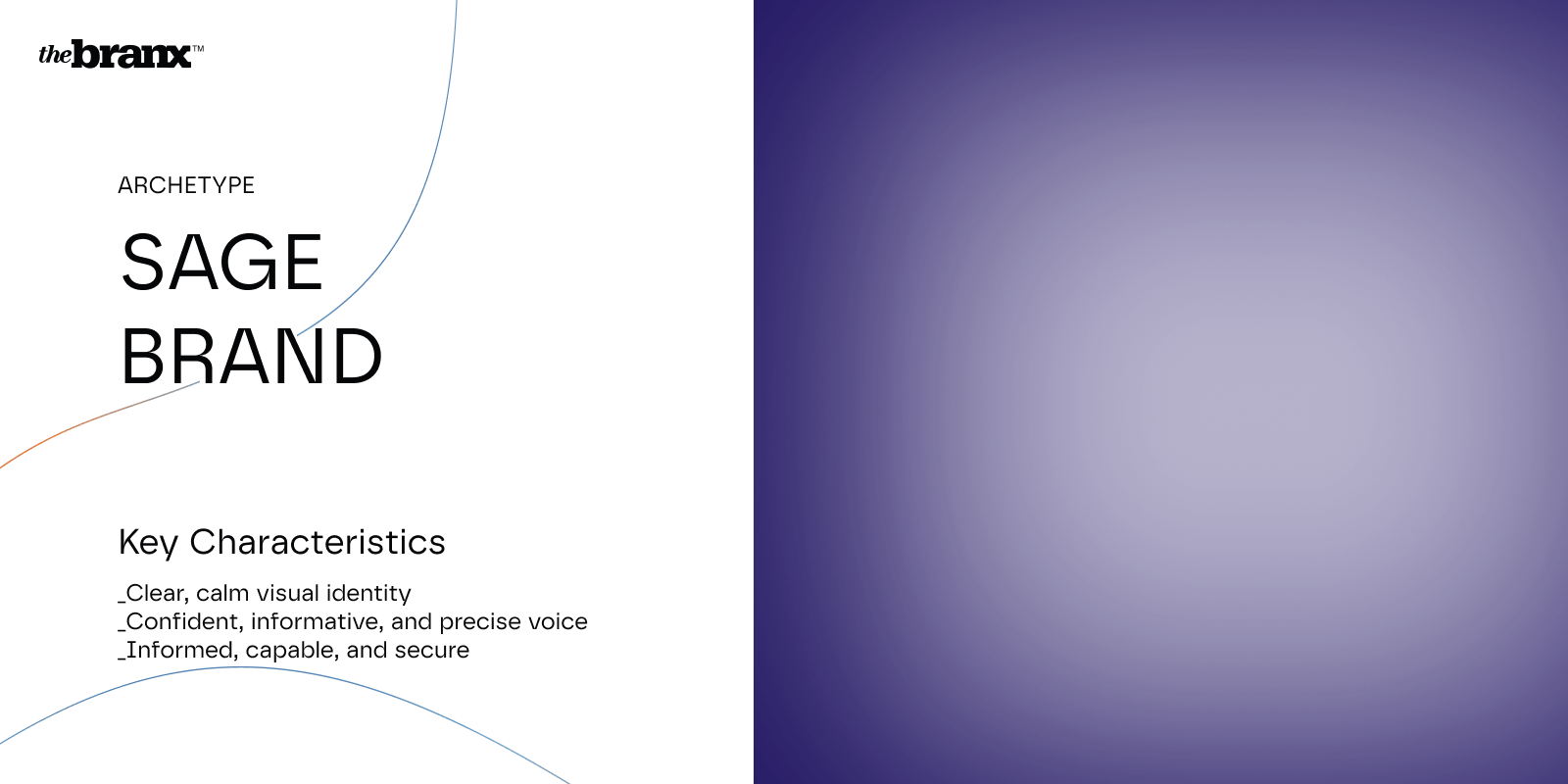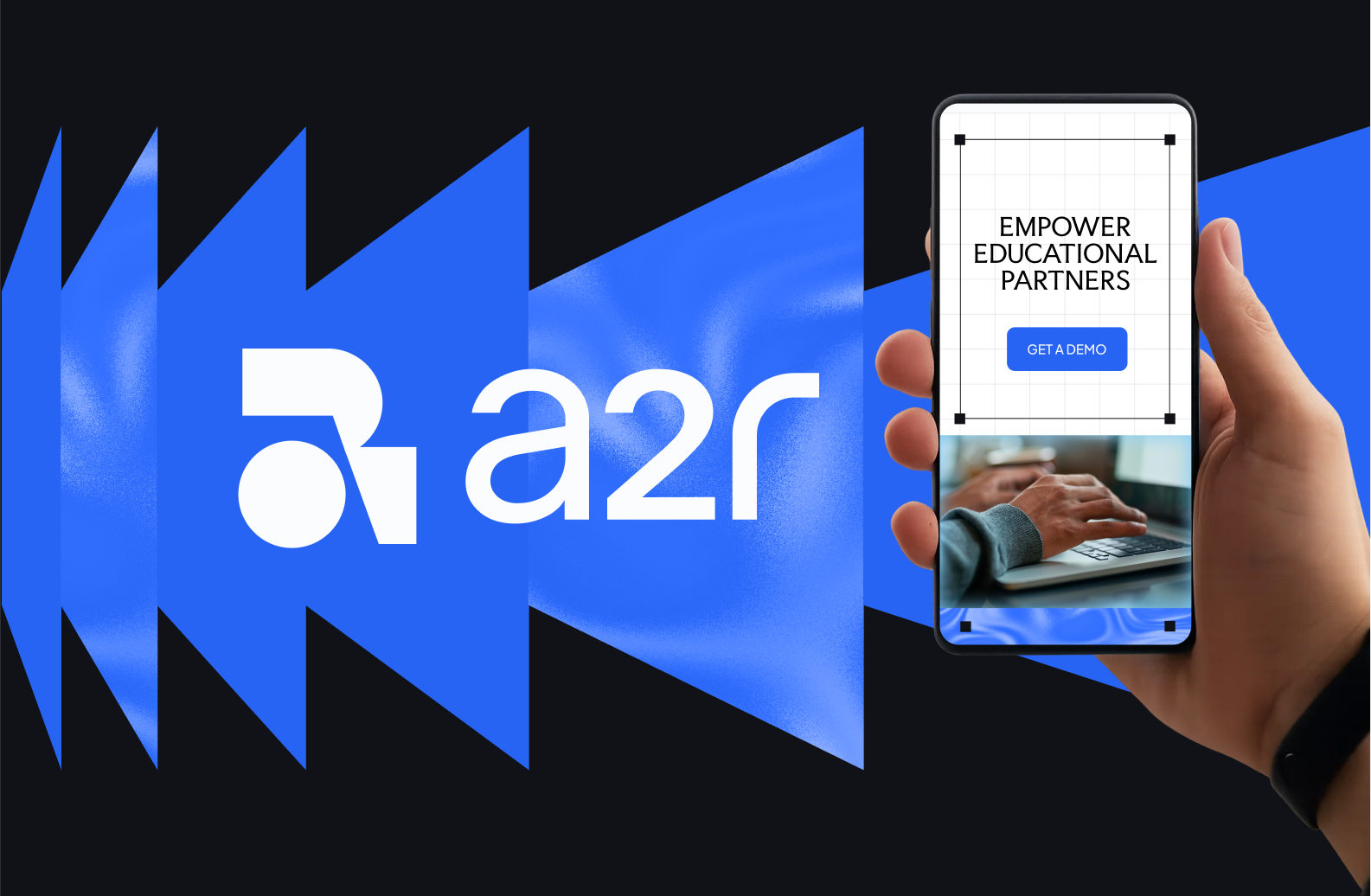There are many brand archetypes out there, but there are some that are especially popular among tech startups. In this article, you learn the basics about brand archetypes, explore the 5 most popular ones together with examples, and find out which one fits your business best.
Test: Which archetype is my startup?
What are brand archetypes?
A brand archetype is a way to describe your brand’s personality using common traits or “characters” that people can identify easily. These personalities come from a psychological concept based on the work of Carl Jung. In total, there are 12 brand archetypes: Outlaw, Magician, Hero, Lover, Jester, Everyman, Caregiver, Ruler, Creator, Innocent, Sage, and Explorer.
Their main function is to create a lasting emotional connection with the audience through a consistent and engaging personality. In marketing terms:
Decrease Customer Acquisition Cost (CAC) and increase customer loyalty while offering a clear differentiation in the market.
How and why do brand archetypes work?
Brand archetypes are deeply connected to human psychology through the work of Carl Jung, a Swiss psychiatrist and psychoanalyst who introduced the concept of archetypes as universal symbols or patterns people can relate to. According to Jung’s theory, these archetypes represent inherited potentials or patterns of behavior that are shared across cultures and time periods. Each archetype is driven by a core human desire or need, such as the desire for safety (Caregiver), the desire for power (Ruler), or the need for adventure (Explorer).
In branding, these archetypes tap into natural human needs, desires, and behaviors, which allows brands to build emotional connections with their audiences. Brands that align with these desires offer a sense of fulfillment to their customers.
Can you relate to more than one brand archetype?
Yes. Just like how people can have multiple sides to their personality (like being both adventurous and reliable, or creative and determined), brands can also embody more than one archetype.
A brand might have a core identity but also wants to showcase different sides, without needing to cut down on communicating its features or values. Also, by mixing archetypes, a brand can create a personality that feels one-of-a-kind and isn’t easily replicated. It blends familiar archetypes in a way that is authentic to that particular brand’s story and values.
Example: Nike combines Hero (motivating people to push their limits) with Everyman (making athletic gear accessible to everyone). This allows them to be a brand that inspires champions but also feels relatable to everyday people.
Why are brand archetypes relevant for startups?
Brand archetypes make brands feel authentic and relevant because they resonate with natural human impulses. A clearly defined brand archetype allows brands to:
- Engage their audience emotionally, making their messages more impactful.
- Create lasting connections, as archetypes resonate with consumers’ subconscious desires.
- Stand out in a crowded market, because the archetype gives the brand a clear identity and purpose.
- Build trust and loyalty by offering a consistent and authentic personality across all touchpoints.
What are the most common brand archetypes for tech startups?
As mentioned above, there are 12 brand archetypes and each of them has around 4 subtypes. However, from our experience, there are 5 brand archetypes that are especially relevant for tech startups:
The Hero
The Sage
The Explorer
The Creator
The Ruler
Most tech startups share common personality traits: progressive, dynamic, revolutionary, etc. Just to mention a few adjectives that we encounter frequently in our shared startup exploration boards, where we kick off the branding exercise with the client. And it's something logical.
In the end, you’re moving in the tech sphere, where money moves according to the innovative nature of your solution.
It’s very rare to find a tech startup who is relates with “The Innocent” archetype for instance, this personality is rather for companies like Dove or, very literal, the Innocent smoothie brand.
Have a look at the 5 most common brand archetypes for tech startups here and take the test to find out which one fits your company.
The Hero Archetype: Inspiring action and overcoming challenges
Who is the Hero?
The Hero archetype is defined by its drive for mastery and leadership. In tech, this is often seen in innovative companies that aim to solve complex problems, motivating users to overcome challenges and reach the best outcome possible.
The brand personality is anchored in three core elements: bold leadership & inspiration, clear vision & resilience, and confidence & determination.
Tech startups in health tech, fintech, or B2B solutions can leverage the Hero archetype by positioning their product as the solution to a pressing problem.
Examples of Hero brands in tech:
- Strava: empowers people to go further and improve their performance. Visual elements hint at elevation, achievement, speed, momentum, and motivation.
- Stripe: simplifies online payments for developers and startups. Minimalist branding centered around speed and energy, underlining clarity and precision.
- Magneo: empoweres users to train harder and push their limits. Striking visual identity focusing on symbols of victory, determination, and strength.
How to apply the Hero archetype:
In short: Focus on strong leadership, bold visuals, motivational language, and emphasizing the challenges your product can solve.
The full story: the ultimate guide to creating a Hero brand.

The Creator Archetype: Innovation and creativity at the forefront
Who is the Creator?
The Creator archetype is defined by its passion for innovation, imagination, and creativity. Tech companies that prioritize originality, invention, and the users’ freedom to create often resonate with this personality.
The Creator is built upon three core elements: expressive visual identity, imaginative storytelling, and emotional positioning around originality and creativity.
Tech startups in industries such as software development, design tools, or digital content creation can leverage the Creator archetype by positioning their product as a tool for imaginative and transformative work, giving everyone the chance to create.
Examples of Creator brands in tech:
- Figma: puts collaboration at the focus of design. The visual identity puts playfulness, experimentation, and creative teamwork in the focus.
- A2R: creates a new educational landscape. The brand focuses on growth, innovation, and unlocking new learning possibilities.
- Canva: makes creative tools accessible to everyone. Visual elements and verbal language communicate approachability, inclusiveness, and creativity.
How to apply the Creator archetype:
In short: Focus on creativity, innovation, and providing your audience with the tools to express themselves. Use vibrant visuals, inspiring language, and emphasize the possibilities your product enables.
The full story: the ultimate guide to creating a Creator brand.

The Explorer Archetype: Discovering new possibilities
Who is the Explorer?
The Explorer archetype is curious, authentic, and has the courage to explore the world beyond conventional boundaries. While the most famous Explorer brands are B2C brands like North Face, we also find this archetype regularly in the tech sphere.
The brand personality combines these characteristics: They frame their solutions as invitations to discover new opportunities. They emphasize freedom, independence, and autonomy. They have a pioneer mindset.
Especially tech startups with solutions for R&D frame themselves as Explorer brands. Also, in the leisure sector, there is potential for this brand archetype.
Examples of Explorer brands in tech:
- Spotify: invites users to explore the world of music. The visual and verbal identity are tied to a strong explorative approach, signature green color for growth and energy, and photography and imagery centered around diversity.
- Causaly: helps users to interpret scientific data faster, they unlock R&D productivity. The branding is focused on acceleration, innovation, discovery, and expansion.
- Uber: gives users the freedom to explore cities. The accessible brand identity emphasizes freedom, accessibility, and unlimited possibilities.
How to apply the Explorer archetype:
In short: Focus on curiosity, adventure, and pushing boundaries. Use visuals that evoke a sense of discovery and freedom, with language that inspires exploration and challenges the status quo.
The full story: the ultimate guide to creating an Explorer brand.

The Sage Archetype: Discovering new possibilities
Who is the Sage?
A Sage brand wants to be perceived as a reliable source of information and knowledge. This brand archetype reflects credibility, trust, and expertise, educating users and guiding them toward informed decisions.
These personality traits are characteristic of the Sage archetype: clarity in communication, authority in knowledge, and guidance in decision-making. Their philosophy centers around leading the market with knowledge, transparency, and objectivity.
Especially tech startups in the Energy, Cleantech, or Finance sector use the Sage brand archetype to communicate the trustworthiness and credibility of their solution.
Examples of Sage brands in tech:
- Enlitia: analyzes energy data to identify new opportunities for profit and energy optimization. There is a consistent brand concept of “enlightenment”, from name to visuals with pastel yellow highlights, communicating knowledge, transparency, and data.
- Ramp: educating finance teams, Ramp is a trustworthy source of information. The visual identity reflects rationality, security, and intelligence with a clear structure and a restrained color palette.
- llumenon: is an Energy brand transforming complex data into actionable knowledge. The name is a combination of “illumination” and “phenomenon,” and the branding emphasizes clarity, wisdom, and tranquility with pastel shades.
How to apply the Sage archetype:
In short: Focus on wisdom, knowledge, and clarity. Use visuals that evoke a sense of depth, understanding, and insight, straightforward and trustworthy.
The full story: the ultimate guide to creating a Sage brand.

The Ruler Archetype: Leading with control and precision
Who is the Ruler?
The Ruler archetype embodies control and dominance. Rulers express themselves with authority, demonstrating superiority and creating structure and order for their customers.
The Ruler personality is characterized by its authority, being reliable and setting standards in the industry. They are harsh in their expressions, aiming for long-term success and leadership.
Especially tech startups providing enterprise software, cloud computing, or cybersecurity solutions align with the Ruler archetype, prioritizing dominance, control, and stability in their brand communication.
Examples of Ruler brands in tech:
- IBM: is known for its analytical solutions in AI, cloud, and quantum computing. Emphasizing clarity and precision, the branding is authoritative and rational with structured layouts that communicate stability.
- GetFocus: helps R&D teams make more condifdent decisions. The visual identity is all about finding the focus, with a strong alignment between brand and product.
- Airtable: enables teams to collaborate on complex data with a powerful tool. The clean, minimalist designs with pastel shades evokes a sense of clarity and tranquility, maintaining an authoritative brand presence.
How to apply the Ruler archetype:
In short: Focus on leadership, authority, and control. Use visuals that convey strength, structure, and reliability, with a clear, rational, straightforward design that inspires trust and conveys stability.
The full story: the ultimate guide to creating a Ruler brand.

Curious about your startup’s brand archetype?
Take our quiz and find out!



